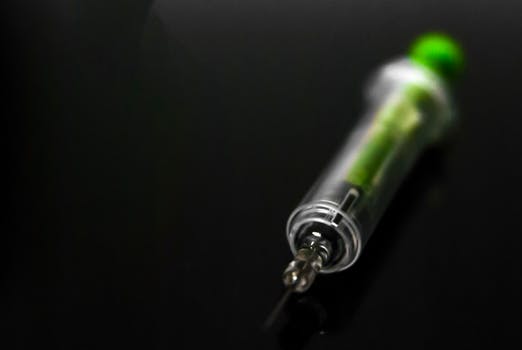A key indicator of emergency department (ED) performance is length of stay (LOS), or how long a patient remains in the ED from the time they arrive until departure. Literature supports that adverse outcomes, decreased patient satisfaction, and ED crowding are concomitants of prolonged ED LOS. In the latest issue of The American Journal of Emergency Medicine, Dr. Shou-Yen Chen et al. discusses factors associated with prolonged ED LOS, focusing on mass casualty incidents (MCI).
A MCI is declared under any circumstance where the number of casualties exceeds the amount of available resources. Not too long ago, I participated as EMS Command in a planned active shooter drill on GW’s campus and experienced firsthand what a MCI might look like. After this experience, I remained curious about how EMS triage and initiation of treatment translated to ED care in a MCI.
Dr. Chen’s study enrolled patients who were treated for the burn injuries during a MCI at Formosa Fun Water Park. The study identified various patient characteristics correlated to one of three Triage Levels (I – emergent, II – urgent, III – less urgent), and described for each of these groups the management in ED, registration before/after hospital MCI response activation, % total body surface area (TBSA) of partial or full thickness burns, etc. The number of patients stratified by triage levels was I: 14, II: 19, and III: 15.
Once the MCI response was activated at the receiving facility, researchers did not find a significant association between patient load and ED LOS. Interestingly enough, Dr. Chen’s examination of three phases following transfer of care from pre-hospital personnel revealed that (1) input and (2) throughput were solely based on the readiness of ED staff. However, (3) output was co-dependent upon the continuum of care – specifically the downstream availability of beds – and scale of MCI response. According to the study, “the output time interval remained prolonged even after opening [a] reserved unit because of limited staff… identifying a cutoff value within the output time interval might be useful to determine the timing of reallocation of personnel/resources.” When efforts to continue advanced resuscitation warrant quick disposition, such as the intensive care unit, the resource-availability to manage that burden is the key aspect of decreasing ED LOS. Considering more than the capabilities of the receiving facility examined in the study, the approach applies to shortening all ED LOS under resource-constrained circumstances.
An earlier study by Dr. Asher Hirshberg et al. found that the concept of minimal acceptable care was the key to a staged management approach during an MCI. He also found that variable surge capacity was dependent on the rate of patient arrival, as opposed to the availability of beds. Therefore, the importance of recognition and initiation of MCI protocols is paramount for reducing crowding and maintaining a quality of care in the ED.
Ameer Khalek is a MPH student at the GWU Milken Institute School of Public Health



